One of the most unique and easily recognizable animals on earth, the kangaroo is synonymous with Australian culture and imagery. This furry marsupial is a massive drawcard for the country, with millions of tourists flocking here every year for their chance at taking a selfie with one of these incredible creatures.
What is a Kangaroo?
The kangaroo is one of Australia’s most beloved animals and an icon of the continent. Kangaroos have earned their spot as the most prominent marsupial species on Earth, towering over other animals in this impressive family, weighing up to 90 kg and standing over two meters tall. They have a distinctive shape with powerful hind legs, large feet and a long tail for balance.
Kangaroos are a unique species that benefits people and their habitat. They help maintain grasslands through grazing, which helps prevent wildfires and provides food for other animals. In addition, their presence can help protect other species from being overgrazed or hunted. The kangaroo has evolved to survive in its natural habitat for millions of years.
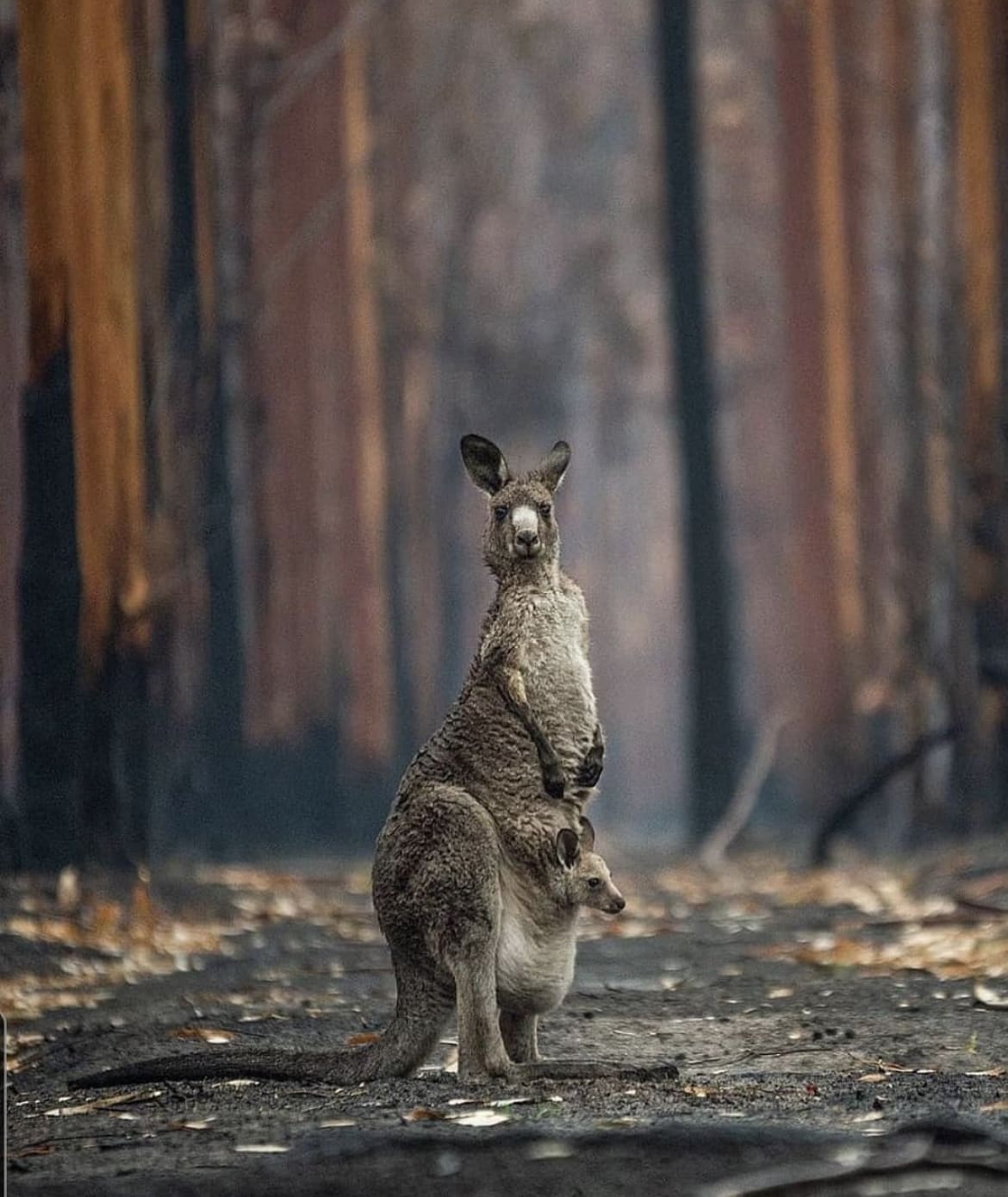
Appearance
What do Kangaroos look like?
Kangaroos are animals from Australia and look very different from other animals. They have big, strong hind legs, large feet and a long tail. With its head being relatively diminutive compared to the rest of its body and short pointed ears, this creature is unmistakable.
Kangaroos come in many sizes, from the three-foot-six-foot-tall to the six-foot red kangaroo. Their fur can be gray, tan or reddish-brown, with white spots on their cheeks.
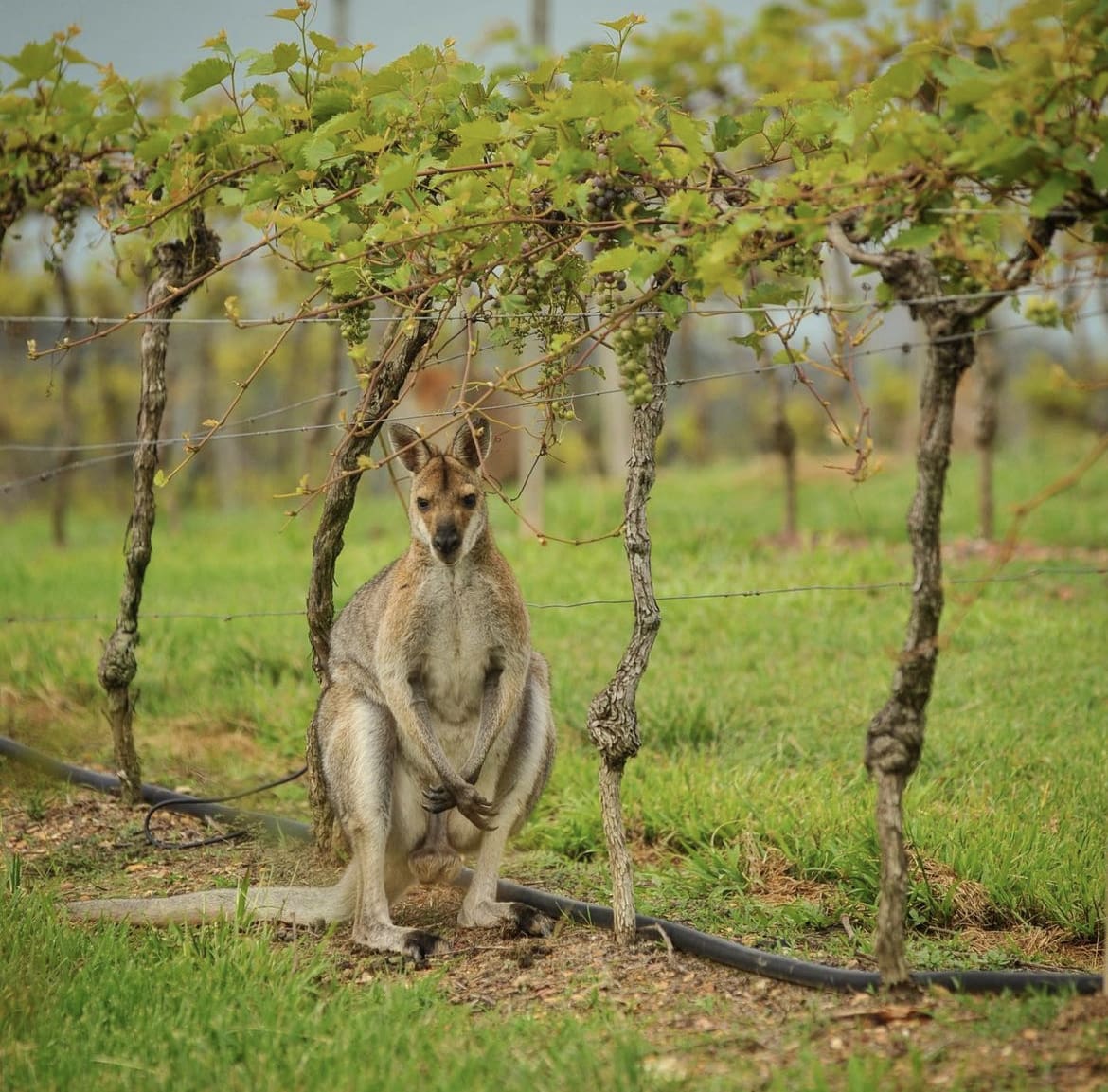
Behaviour
How do Kangaroos behave in the wild?
Kangaroos are social animals that live and move about in groups, known as mobs. They communicate with each other through a variety of vocalizations as well as body language. Males often fight for dominance within the mob, using their large feet to kick and box with one another. Kangaroos also use their powerful legs and long tails to help them move quickly and gracefully over long distances. They are diurnal animals, meaning they are active during the day and sleep at night.
What Do the Kangaroos Eat?
Kangaroos are herbivores, meaning they eat mostly plants and grasses. They also occasionally consume insects, small reptiles or birds. They must eat at least 20% of their body weight daily to stay healthy. To meet this requirement, kangaroos can spend up to 18 hours grazing and searching for food. This helps them conserve energy, as they can travel long distances without much effort.
How Do the Kangaroos Hunt?
Kangaroos do not typically hunt but can be very opportunistic regarding food. They can take advantage of food sources that other animals leave behind or scavenge for insects and small reptiles. Kangaroos also use their powerful legs to kick and box with one another to establish dominance within the mob. This helps them access food and resources that would otherwise not be available.
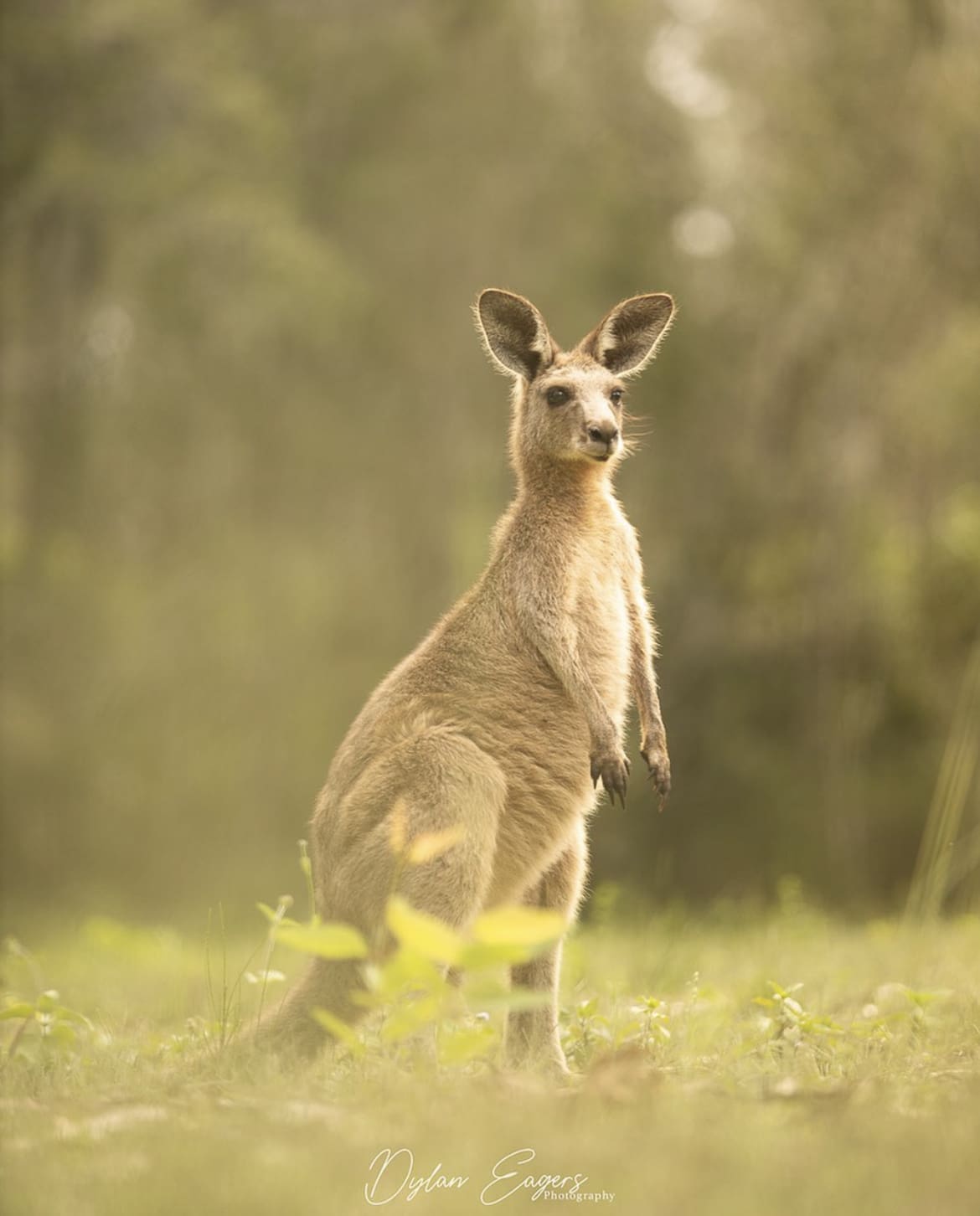
How Do the Kangaroos Reproduce?
Kangaroos reproduce through sexual reproduction, with a male and female kangaroo mating to produce offspring. The female can give birth to one joey at a time and carry it around in her pouch for protection until it is ready to venture out on its own. Male kangaroos have a pair of abdominal pouches in which they store sperm and a large scrotum that helps keep their reproductive organs at the optimal temperature for mating.
They often fight other males for dominance with their powerful hind legs and long tails. Once the female kangaroo is ready to mate, she will use her scent glands to attract male suitors from nearby mobs. The gestation period for a kangaroo is approximately 35 days, and after birth, the joey will stay in its mother’s pouch for several months before venturing out on its own.
Joey’s will start to consume solid foods when they reach the age of 4 months, and they can be fully weaned at eight months old. This is when the joey leaves its mother’s pouch for good and joins a new kangaroo mob.
Do Kangaroos fight?
Male kangaroos often battle for supremacy in the mob, utilizing their muscular hind legs and lengthy tails to fight with boxing-like movements. The dominant male will have access to females in the group and a higher social standing within the mob.
Female kangaroos are also known to fight each other, especially during mating season. These fights usually involve pushing and scratching with their front hands and feet instead of kicking or boxing like the males. Neutered male kangaroos have also been known to fight in captivity, so great care should be taken when housing them together.
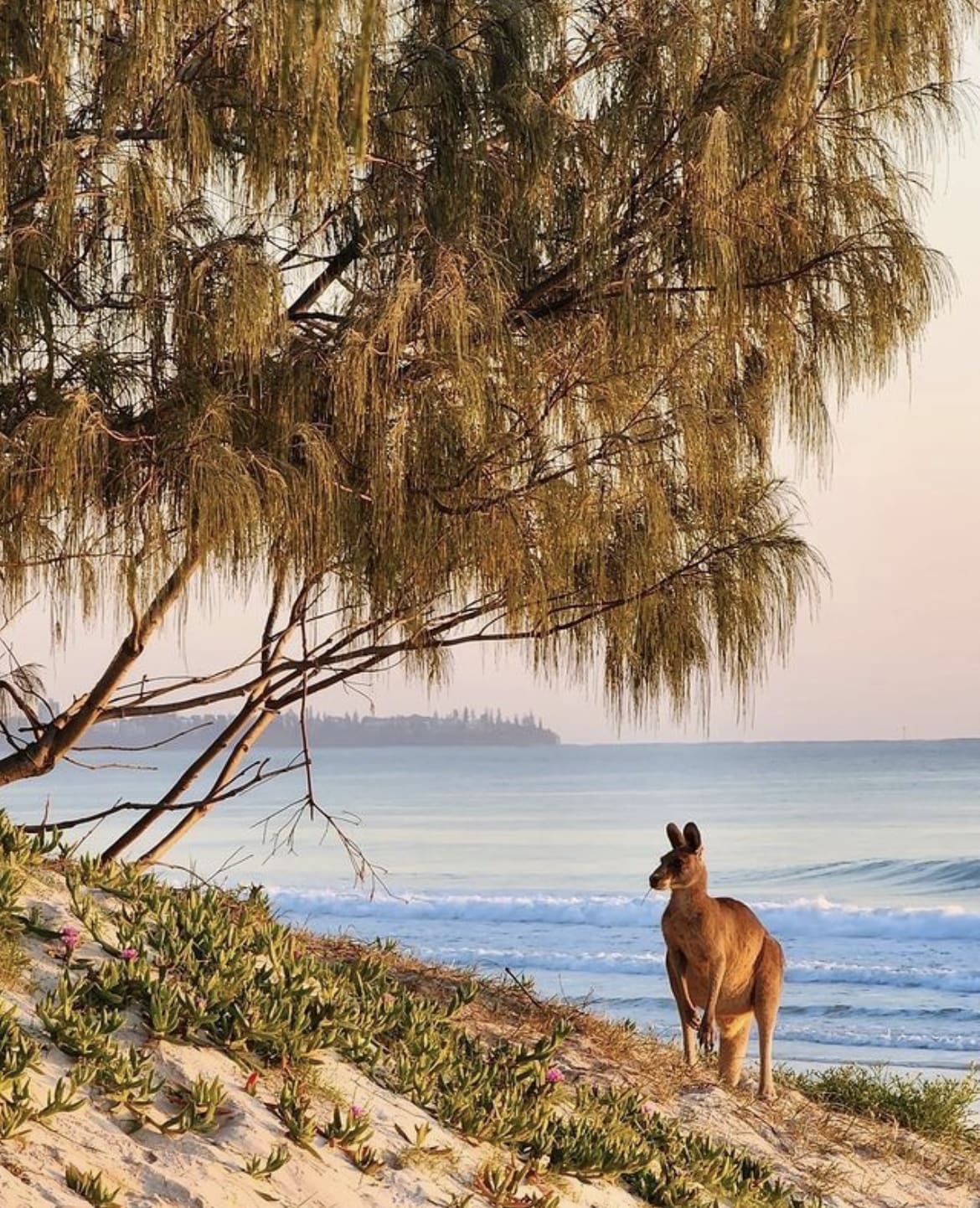
Range and Habitat
Where to find Kangaroos?
Kangaroos are mainly found throughout Australia and Tasmania. They can also be found in Indonesia, Papua New Guinea, and some parts of New Zealand. They inhabit various habitats, including grasslands, scrub brush, woodlands, and coastal regions.
In the wild, they tend to stay close to water sources such as rivers or lakes and seek shelter from the sun underneath trees.
Conservation
Kangaroos are currently listed as a species of most minor concern on the IUCN Red List. This means that they are not considered to be threatened with extinction, though some species may still face localized threats such as habitat destruction or hunting for meat or fur. Kangaroo populations have faced significant declines in recent years, primarily due to land clearing for agricultural or urban development.
Additionally, some kangaroo populations have been threatened by the introduction of feral predators such as foxes and cats. Conservation efforts are ongoing to help ensure that these fantastic animals remain a part of Australia’s unique wildlife for years to come.

What are the major threats to kangaroo populations?
The major threats to kangaroo populations include habitat destruction and fragmentation, overhunting for meat or fur, competition with introduced species such as sheep, goats and foxes, and climate change. These factors have contributed to some kangaroo species’ decline in recent years.
Additionally, many areas where kangaroos live are subject to drought and fire, which can further reduce the availability of food and water for the animals. Conservation efforts such as protected areas, reintroduction programs, and increased public awareness can help ensure the kangaroo populations remain healthy and stable in the future.
Can we keep kangaroos as pets?
Kangaroos are wild animals and are not suitable for domestic life. Keeping them as pets in many countries, including Australia, is illegal. Keeping kangaroos in captivity can be difficult and dangerous due to their large size, strong hind legs, and unpredictable behaviour. Additionally, kangaroos require a specialized diet that most people cannot provide. For these reasons, kangaroos should not be kept as pets.
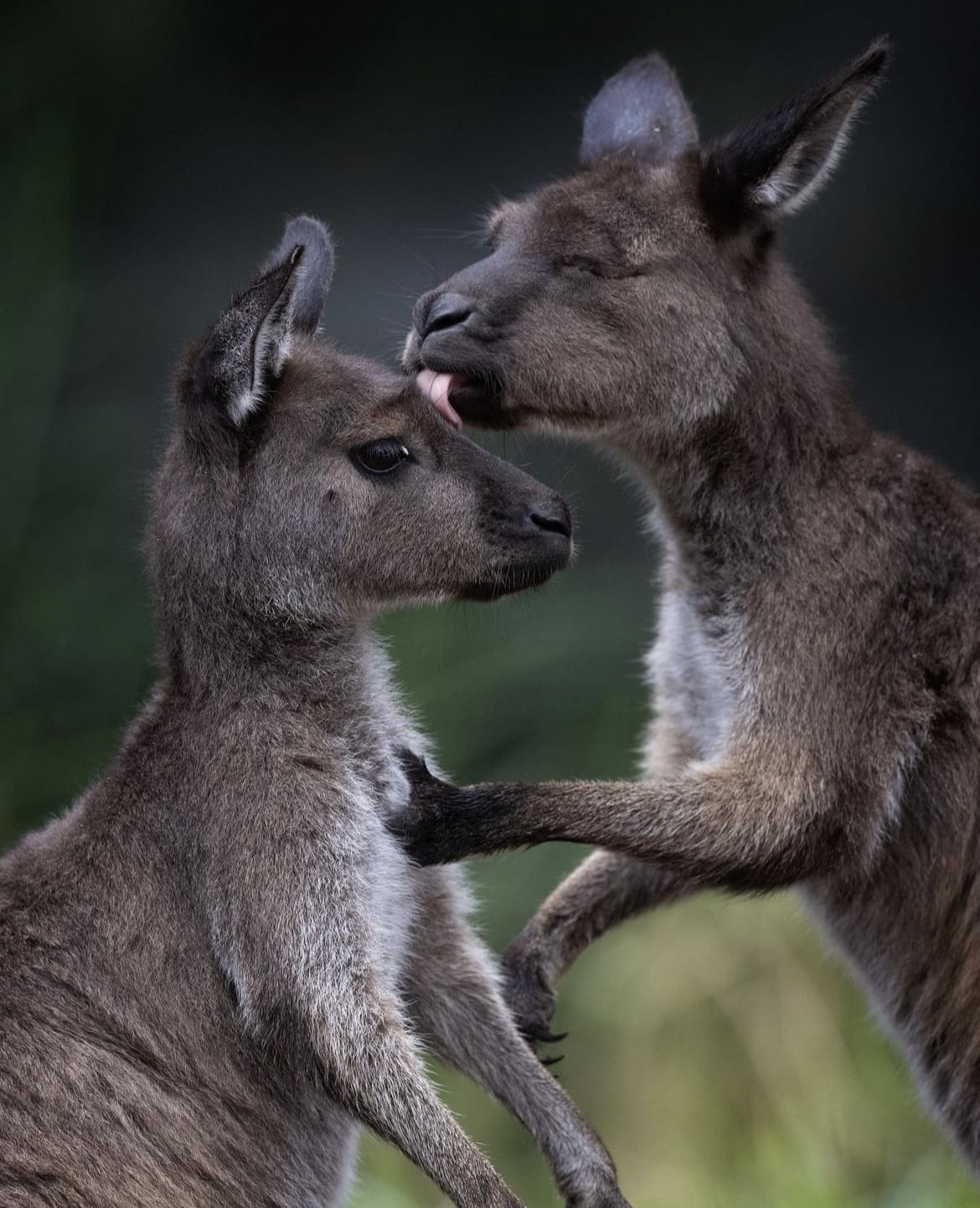
Safari
Where is the best place to spot a kangaroo?
The best place to spot a kangaroo on safari is in the wild. Australia’s vast Outback is home to many species of kangaroos, including the Red Kangaroo, Western Gray Kangaroo, Eastern Gray Kangaroo and more. You can join a wildlife tour or take a self-guided safari to get an up-close look at these magnificent animals.
The ideal time to witness kangaroos in their natural habitat is when the sun begins to set. You can observe them leisurely grazing and frolicking around as they become more active. Alternatively, some wildlife reserves offer special night tours which allow visitors to observe kangaroos in their natural habitat after dark. No matter where you choose to go on safari, the experience of seeing kangaroos in the wild will surely be unforgettable.

Tips for spotting the kangaroo on safari
The following should be observed to ensure a safe and successful kangaroo safari:
- Always take binoculars or a camera with a zoom lens to get a better look at the animals.
- When looking for kangaroos on safari, it is essential to be patient and observant.
- Look for signs of kangaroo activity, such as footprints in the sand or bark scrapes on tree trunks.
- Move slowly and quietly through the area to avoid startling the animals.
- Respect the kangaroos’ natural habitat and do not attempt to feed or touch them.
- Bring plenty of water and wear protective clothing, including hats, sunglasses, and sunscreen.
- Ensure you plan for encountering dangerous wildlife, such as snakes or spiders.
- Book a guided tour to learn about the animals and their environment.
- Stay on marked paths and trails and obey all park regulations.
- Be aware that kangaroos can be unpredictable and even dangerous, so keeping your distance from them is best.
- Respect any Aboriginal sites you may encounter on your safari, as these locations hold a special cultural significance.
- Lastly, remember to take plenty of pictures and videos to capture the experience for years!
Tips for Interacting with kangaroos
When interacting with kangaroos, it is essential to remember that they are wild animals and should be treated with respect. Never attempt to touch or feed a kangaroo in the wild, as this can be dangerous for the animal and yourself. Kangaroos can be unpredictable and dangerous, so it is essential to respect their space and remain alert when in their presence. Interacting with kangaroos in the wild is not recommended, as they may become aggressive if provoked or feel threatened. Stay calm and move slowly away if you find yourself close to a kangaroo. Avoid making loud noises or sudden movements, as these can startle the animal. If you are on a guided tour, follow all instructions from your guide carefully and respect any boundaries set.
If You Find an Orphaned Kangaroo
Contact local wildlife authorities immediately if you are out on safari and come across an orphaned kangaroo. Do not attempt to take the animal home with you or provide care of yourself. Wildlife professionals can assess the situation and provide any necessary assistance. By heeding these tips, you can guarantee that any abandoned kangaroos will undoubtedly receive the most appropriate care in a shielded and secure environment.

Facts about the Kangaroo
- Scientific name: Macropus, meaning “great foot” in Greek
- Average weight: Male kangaroos weigh up to 90 kg (198 lbs), and females typically weigh around 30 kg (66 lbs).
- Average lifespan: Approximately 20-25 years in the wild; longer in captivity
- Length: Red kangaroos, including the tail, can reach up to 2.3 m (7.5 ft).
- Status: Some species are listed as vulnerable or critically endangered in the wild.
- Diet: Herbivore, primarily grasses, leaves, fruits, and other vegetation
- Habitat: Found in grasslands, woodlands, and desert habitats throughout Australia and New Guinea.
- Population: The population of kangaroos is estimated to be over 40 million
- Threats: Habitat destruction, climate change, and excessive hunting.
Myths about the Kangaroo
Even though kangaroos are gentle creatures, they have been surrounded by many myths. One of the most popular is the belief that they can “swim” across rivers and lakes. However, this is not true – kangaroos can only travel short distances through the water to cool off or escape predators. Another myth is that kangaroos can jump higher than buildings, but this is not the case – the highest recorded jump of a kangaroo was only 3 meters (10 ft). Finally, it is often believed that kangaroos can’t turn around while jumping; however, research has shown that they are pretty agile and can quickly change direction mid-jump. No matter what misconceptions you may have about kangaroos, it is essential to remember that they remain wild creatures and must be admired.
Conclusion
Kangaroos are fascinating and unique creatures that have been a part of Australian culture for centuries. When out on safari, staying alert and observing them from a respectful distance is essential to have an enjoyable experience. Never attempt to touch or feed kangaroos in the wild, and if you find an orphaned kangaroo, contact your local wildlife rescue center for assistance. Finally, it is essential to remember that many of the myths associated with kangaroos are just that – myths! These tips will help ensure a safe and enjoyable experience while exploring Australia’s native species.
